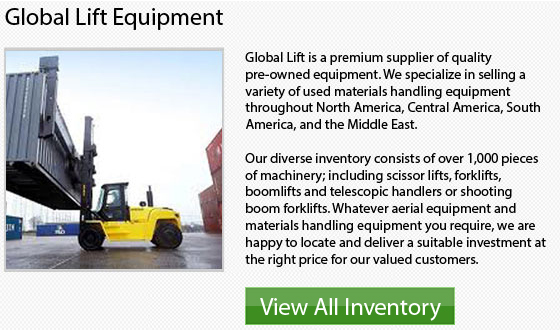
In some forklift companies, the operators are normally on the trucks 7 out of 8 hours a day. They are constantly loading and unloading trucks all day long. Many of these operators do not need to check with supervisors very often, neither do they need to deal with paperwork. Occasionally they are doing the same task during the shift for the duration and they don't even need to move the forks to adapt to different loads. These operators normally find the forklift counterbalance sit-down models more efficient and comfortable.
Maneuvering space depending on the location, several facilities have a lot of space in which forklifts and machinery could work in. In these circumstances, an engine powered or 4-wheel electric forklift remains a key player in the warehousing fleet.
Other facilities are crammed to capacity on the other hand with limited space for lift truck maneuverability. These facilities can have staging areas and shipping departments to work out of. In this specific situation, a stand-up end control or a 3-wheel electric lift truck model can appear to be a better alternative.
Depending on your particular use and setting you are working in, you can then determine how to pick the correct truck and pick the right tire. Next is a short profile to show you the kind of tire choices available.
Cushion Tire Trucks - These particular trucks are used and engineered for use just on asphalt or concrete surfaces. Normally, they are specified for indoor work within warehouses, manufacturing facilities and distribution centers. Typically cushion tire forklifts are smaller than similar capacity pneumatic units; hence, they usually cost less. This makes their resale value a lot lower too.
Pneumatic Tire Trucks - On improved surfaces, the pneumatic tire lift truck can work outdoors and indoors as long as these surfaces comprise hard-packed dirt or blacktop and stone. Rough terrain locations like severely plowed fields or potholed lots are not ideal. The trucks are equipped with a larger frame. Typically, pneumatic tire trucks are more expensive than comparative cushion tire models. When it comes to resale, usually the pneumatic models provide higher value. This is in part because of their overall surface versatility and the huge amount of maneuvering space they provide.